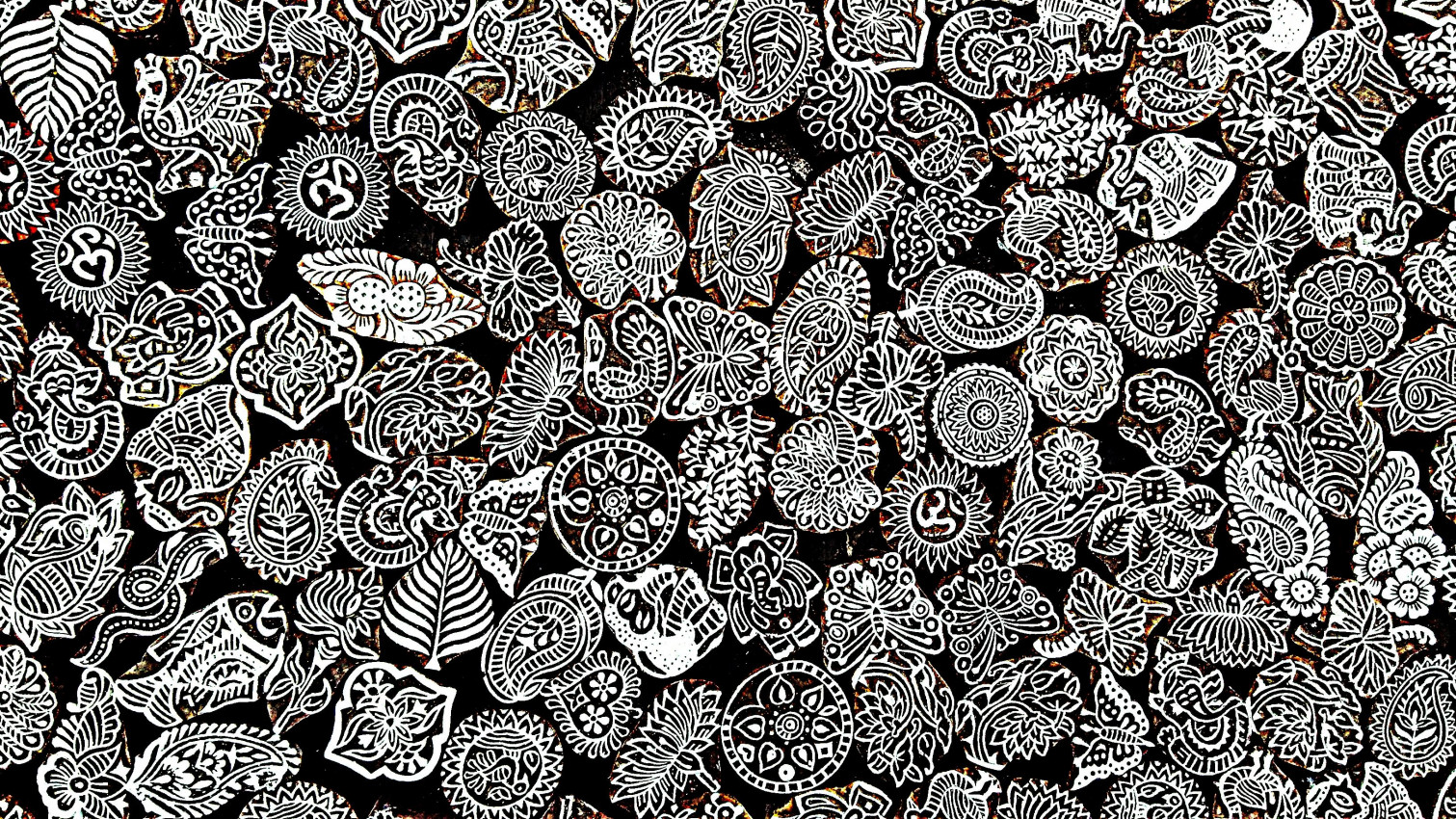
Hand block printing is a method of printing patterns on textiles using hand-carved wooden blocks. This Indian textile art is known for its precision, patience, and deep connection to regional traditions. Each motif is chiseled by skilled artisans into a block of seasoned wood, dipped in natural dyes, and stamped by hand onto the fabric. The result? A masterpiece that is never truly identical—each print carries the unique touch of the artisan who created it.
The origins of hand block printing in India date back over 2,000 years. Regions such as Rajasthan and Gujarat are particularly renowned for their rich block printing traditions. From the floral finesse of Bagru to the bold geometry of Sanganeri, each region brings its own identity and story to the cloth. What sets Indian block printing apart is not only its aesthetic but its deep symbolic roots. Motifs often draw from nature, folklore, or mythology, embedding history and meaning into every fabric.
Behind each block-printed piece lies a community of artisans preserving their craft against the tide of mass production. These craftspeople often belong to generations of printers and dyers who have passed down their knowledge through oral tradition and practice. In an era dominated by fast fashion, the survival of this artisan heritage hinges on conscious consumer choices and global awareness. Supporting hand block printing isn’t just about owning beautiful textiles—it's about investing in sustainability, ethical labour, and cultural preservation.
The world is slowly turning back to authenticity—towards pieces that tell stories and celebrate heritage. Hand block printing aligns perfectly with modern values of slow fashion, environmental consciousness, and artisanal support. For designers, brands, and enthusiasts alike, integrating Indian textile art into collections or interiors is more than a design choice—it’s a commitment to tradition, craftsmanship, and the hands that continue to shape it.
Sustainable Indian Ethnic Wear in Australia: Trends, Fabrics & Where to Shop
November 24th, 2025How to Style Your Block Print Sarong for Every Australian Summer Occasion
October 17th, 2025Slow Fashion Spotlight: Why Hand-Block Print Kimono is a Sustainable Wardrobe Staple
September 30th, 2025Sustainable Beachwear: Eco-Friendly Choices for the Conscious Shopper
September 30th, 2025